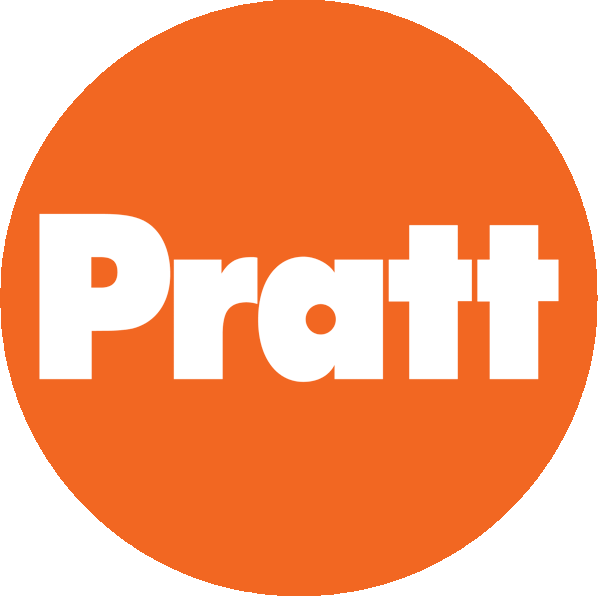Are Fed Workers Going to Have to Show Up or Ship Out?
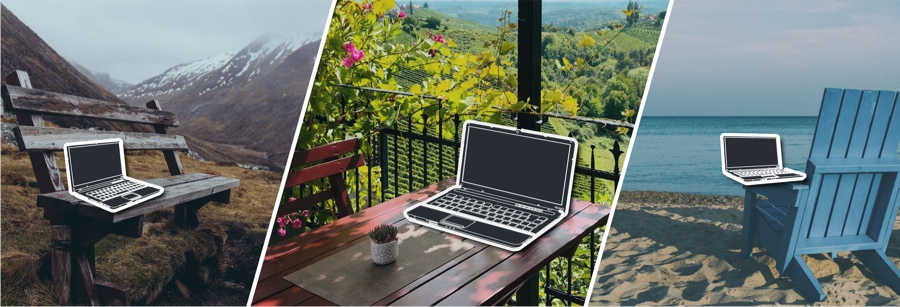
Let’s Bolster Choice with Data
Ten months ago, the SHOW UP Act was introduced in the House of Representatives. It has now moved to the Senate, where it is unlikely to pass, but its existence symbolizes a brave new world of workplace debate. This bill serves as an acknowledgment that every organization is freaking out, as we all try to leverage the benefits of telework, while overcoming its liabilities, or at least mitigating those risks through research and data. If you’re workplace nerds like we are, it’s kind of thrilling that this conversation is happening in Congress!
On our minds
The “word on the street” is that incredibly popular benefit may disappear overnight.
That could literally happen to some federal workers. In May, when Biden is scheduled to lift the COVID-19 Emergency Declaration, any federal worker who’s telework status is predicated on it could see their remote work option vanish — which is why it’s important for agencies to have some type of contingency plan in place. Our guess is that many agencies already do. That’s because the feds have long been low-key workplace trend-setters.
Surprised? You’re probably not alone. But, in what soulful pop artist Leon Bridges would likely call a “nineties deal” (i.e. a deal that rarely exists in this era), federal employees often receive consistent raises, reliable vacation time, and stellar benefits. Many federal buildings even offer low-cost childcare. Despite the bureaucratic dinosaur stereotype, federal employers are often intentional when it comes to human resources, albeit often in ways that are under-recognized.
We’ll probably never get to read Disney or JP Morgan’s human resource policies (we only get to read their executive quotes, demanding workers return to the office), and we’ll likely never know how those policies came to be. Our government’s processes are more visible because they have to be. And while it may never become official policy, the SHOW UP Act is part of this process. Despite the unwieldy and panic-inducing name (“Stopping Home Office Work’s Unproductive Problems Act”), the Act offers solid guidelines for how to gauge successes and move forward with this whole remote work situation. And guess what? Its rationale is consistent with what PLASTARC has always recommended—to make informed decisions based on data, in order to maximize the benefits and mitigate adverse effects of telework.
SHOW UP asks federal agencies to submit a study to Congress on the impacts of extended telework during COVID and to come up with a viable plan for telework going forward, which is similar to what PLASTARC does for our clients.
We have always understood that workers shouldn’t be forced to be in-office. Rather the office should be a space that invites workers to return, on their own terms. We approach distributed work solutions from three inextricably linked angles: space, technology, and behavior.
In a recent PLASTARC webinar, design strategist Darrick Borowski offered an interesting analogy: an office evolves like a city. The first cities emerged naturally, from shared spaces near fertile land and water sources. But eventually we developed zoning, which led to cities becoming segregated by function. Traditional offices are zoned in a similar way, relegating, and therefore limiting certain spaces to specific uses. But companies need to move away from this kind of management and let employees lead. If a company creates a variety of inviting spaces, both private and collective, that offer different multisensory experiences, employees will decide how and when to use them. They’ll intuitively know what space works best for their productivity needs today, which may be different from their needs yesterday. Flex hubs, co-working spaces, quiet areas and social settings could all be part of this diverse space.
We’ve talked a lot about reducing and repurposing corporate real estate, but what are some ways to address inconsistent protocols and micro-cultures that may arise in a hybrid workforce? Investing in the next generation of workplace technology should be at the center of any return to office plan. For example a “hotwall”–or large screen in a central area–can help facilitate casual interactions and collaborative projects between teleworkers and in-office workers, fostering the sense of connection that some members of a distributed workforce miss. Holograms and VR lounges are no longer science fiction, rather they are key to bringing the office to the remote employee and vice versa.
Managers who offer clear directions, coupled with more flexible expectations (in terms of time management, not productivity) will reap the most benefits from a hybrid workforce. But every organization’s needs are different, just as every individual’s needs are different, so solutions for a particular workplace should be grounded in data collected with those specific employees.
We’re not taking a stand on SHOW UP, per se, but we agree with the basic premise that all companies should be weighing the costs and benefits to make a plan and tackle (actual and perceived) problems head-on. And furthermore, that bringing data to this equation is essential to reducing bias and enabling performance. The fact that we’re even having a conversation about STAND UP means that we, as a nation of workers, executives and policymakers, may finally recognize that.
From the archives
Let’s talk gender and neurological diversity. It’s well-known that offices have traditionally been geared toward the comfort of extroverted and able bodied cis white men, from temperature to lighting and other sensory experiences. Back in 2018, we wrote a newsletter about multisensory design choices that are customizable to keep people of all genders comfortable. And back in 2019, we promoted designing work environments at occupant-scale, to create a better workplace for everyone.
Three years later, we talked about making space (work!) for everyone. In November 2021, we narrowed that “making space” conversation down to a specific kind of space – workplace restrooms!
And on that note, Happy Women’s History Month (with a nod to our favorite “Backwoods Barbie” turned career gal!)
In Case You Missed It
Last month we were so busy singing our clients’ praises, we couldn't 100-percent keep up on news intake. Here are some great stories we (and you!) may have missed.

How To Make Office Time Count
How do we foster social bonds and productive collaborations among a distributed workforce? How do we make the office an inviting place to be? PLASTARC’s most recent webinar tackled these topics.

Designing a Balance
Studies show that offices are still useful for workplace collaborations, with a big caveat: employees should only be in offices 20-40 percent of the time. So, what does that mean for office design?
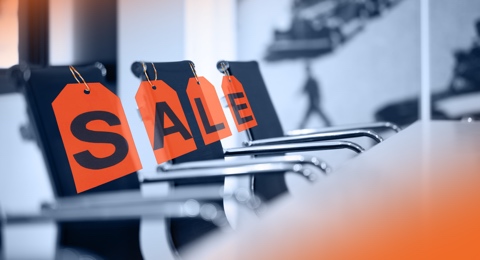
Flush Times for Used Office Furniture Liquidators
Need an ergonomic desk chair? You’re in luck! You can probably snag one for a small fraction of its original price–and make an office furniture salesperson happy in the process!
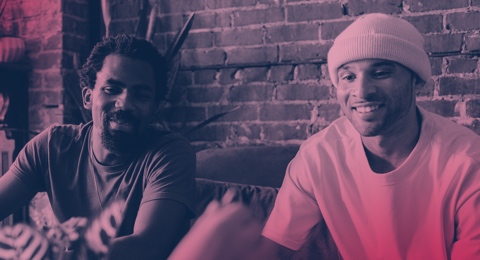
Friendships are Key
How do we decrease the income gap? A vast new study, based largely on social media data, suggests cross-income friendships are effective at helping people overcome poverty.

Different Strokes
Neurodivergent employees bring new perspectives, so companies should strive to accommodate, sometimes it’s all in how a company frames these differences.
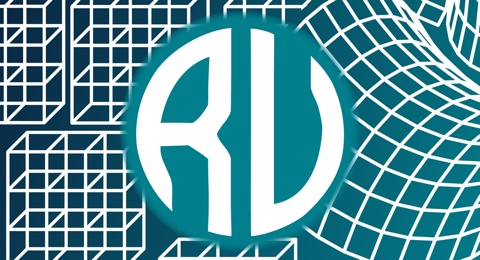
Architect and Renaissance Man Vinoly Dies at 78
Born in Uruguay, Rafael Vinoly –classically-trained pianist, sommelier, and starchitect– made a career in his adopted hometown of New York, where he designed notable buildings in every borough.
Looking Ahead
Data, design and drinks are on offer in the coming weeks! Check out these events.


